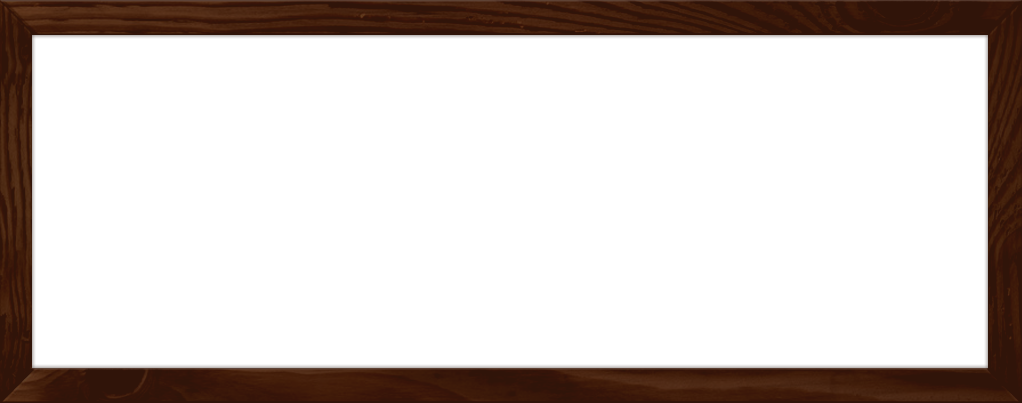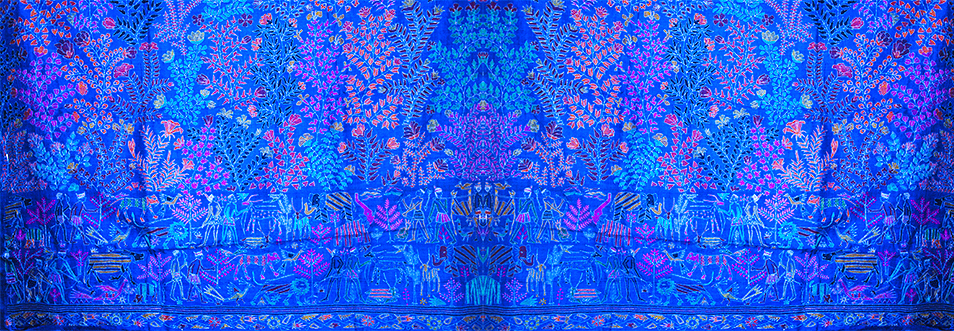
Kumartoli’s art of God making
Kumortuli, the nerve centre of the clay idol-makers of West Bengal, is home and workshop to more than one hundred and fifty families of clay model-makers. Criss-crossed by a maze of narrow gullies men, women, children and images of gods and goddesses, alike, have to find their way out through these dingy lanes.
Kumortuli, the clay model-makers haven, is older than Calcutta (Read Kolkata), which grew out of three little villages, viz., Gobindapore, Kalikutta and Sutanooti way back in 1690. The history of the Kumortuli potter can be traced back to Krishnanagar in South Bengal. To begin with, near about the middle of the seventeenth century, potters in search of better livelihood came from Krishnanagar to Gobindapore, a prosperous village on the banks of the river Bhagirathi (now the River Hooghly), to eke out a living by making earthen ware pots, clay toys and cooking utensils for household use. When the land at Gobindapore was required by the British East India Company for building Fort William, the inhabitants migrated further up the river to Sutanooti. The potters moved in to their new destination, colonized a vast area and named it Kumortuli, the term “Kumar” meaning a potter and “tuli” a locality. The Bengal Consultations, a journal of 1707 AD, gives an account of the presence of Kumars who occupied 75 acres of land in Sutanooti, which is a constituent part of present day north Calcutta.
The Durga Puja Festival
Kumortuli and the Durga Puja festival of Bengal have an umbilical relationship. One cannot be named without the thought of the other, as without Durga Puja as part of the Bengali tradition and culture, Kumortuli would never been what it became into.
Even hundreds of years ago, come autumn and Bengal’s aristocracy would be all decked up to welcome Goddess Durga to earth. Potters came all the way from Krishnanagar, braving the perils of a river voyage, to mould the images of the gods and goddesses for the Durga Puja festival. By about the end of the eighteenth century, as the ways of the rich inspired the commoner, the annual worship of goddess Durga gained popularity. In 1790, as recorded in the Friend of India (now The Statesman), a dozen Brahmins formed the first ever committee to celebrate Durga Puja in Calcutta. They collected money in the form of a punitive tax (subscription), had the image of the deity made at Kumortuli and organized the first ever community Durga Puja festival. As the trend caught on, making images of gods and goddesses became a lucrative livelihood for the potter-turned-artisan.
Just where history ends and legend begins no one is quite sure. Kumortuli’s clay model-makers claim their descent from people who made images of Durga for Maharaja Krishna Chandra of Krishnanagar. However, many historians are of the opinion that the ancestors of the artisans were potters who had drifted in during the days of the Raj but the power of legend still overwhelms the ordinary visitor.
Kumortuli, densely populated, is a hive of activity from June to the end of January as artisans get busy making scores of images for the annual autumnal festival. A potters colony ever since its inception and a model-makers haven now, it is the home of the finest clay-artisans in India.
In Calcutta, during the four days of puja festivity there is a craze to see Ma Durga or Mother Goddess made by Sri Ramesh Chandra Pal. Perhaps, he is the most reputed clay model-makers and sculptor at Kumortuli today. Sri Pal moulds clay to flawless images at his Raja Nabakrishna Street studio which inspire a sense of devotion. He sticks to tradition while shaping them where every part of the face is perfect with a touch of the super-human. And, Bengal’s best known model-maker says, “Durga or the mother goddess is another form of Shakti (power) who fights evil forces, and we try to depict this facet in the icons through contemporary events.”
Nearly eighty per cent of the community puja images in Calcutta are made at Kumortuli by lesser known artisans, who strive to make something new and innovative in their sphere of endeavour. However, aloof from the bandwagon of the traditional clay model-maker are Sri Amarnath Ghosh, Anshu Malakar and Kamakasha Bala Pal, pith artisans, who carve pith (shola) images of the goddess for non-resident Indians celebrating Durga Puja festival in different parts of the world. To preserve the cultural identity of these Bengalis, light-weight pith images are packed carefully in wooden crates and flown out from Kumortuli to Sao Paolo, New Orleans, New York, Montreal Toronto, London, Nigeria, Lagos, Singapore, Tokyo and even to Australia. However, no other image-maker has earned as much fame as Ghosh has and many of his creations are on display in museums abroad.
By Suman Chakraborty
If you have any views, please write to us at infoartmitul@gmail.com . You are also welcome to contribute your own article. Publishing will be at the discretion of the Artmitul.com media team. Copyright for articles submitted to Artmitul.com will rest with respective authors, but first right of use with Artmitul.com. However, Artmitul.com will not be responsible for any copyright infringements by contributors. Authors are required to take relevant approvals for any copyright materials they may use in their work submitted to Artmitul.com. Authors also accept that Artmitul.com will have the right to edit any submitted article or letter or view for language.




